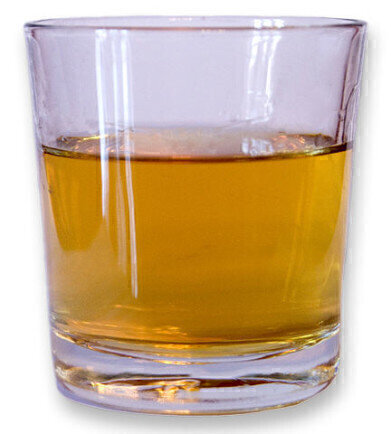GC, MDGC
Gravity Affected Whisky — Chromatography Samples a Wee Dram
Oct 09 2015
Malt whisky is a simple product — three ingredients and a straightforward process — yet capable of accommodating an incredible array of flavours. Each malt is made from barley, yeast and water — with the variety of flavourings in different malts due to the local water used and subtle process changes like type of barrel used for maturation. Even on a small island like Islay in the southern Hebrides there are eight distilleries, each producing a malt with its own unique taste.
Understanding how flavours and tastes are manufactured on Earth is one thing, but a distillery on Islay has been finding out how whisky made in space might be different to whisky from Earth — well Islay to be precise.
The project has revealed some surprising results that could help protect whisky against the growing problem of adulteration and help malt manufacturers put new flavours on our supermarket shelves. Welcome to space whisky.
Whisky in space
Ardbeg, a single malt whisky made on Islay, was chosen by NanoRacks (a company that designs science experiments for the International Space Station, ISS) to test the effect of gravity — or rather the lack of it — on how terpenes develop. Terpenes are not just found in whisky, they are one of the major flavour compounds in many foods and drinks, and so the research wasn’t just about whisky.
Samples of distillate, whisky before maturation, and oak shavings from a maturation barrel were shipped to Houston for preparation for the mission. The whisky and oak chips were kept separate until the samples were under microgravity. Once aboard the ISS, the oak chips and whisky were mixed and the experiment began. The samples remained in microgravity for three years aboard the ISS before returning to Earth with identical samples were kept on Islay as controls.
Differences between gravity and micro-gravity whisky
The flavours in whisky come from two different parts of the process.
- Pre-maturation: Volatile congeners produced during fermentation and distillation, for example alcohols, ketones and esters.
- Post-maturation: Congeners produced during maturation as the distillate absorbs some of the oak compounds from the barrel, terpenes and other woody compounds.
A congener is a chemical constituent that gives flavour to a wine or spirit. As expected, the volatile congeners from the ISS and Islay samples showed very little difference when they were analysed by gas chromatography. These compounds were produced on Earth.
But HPLC and taste tests revealed surprising differences in the terpenes between the Islay and ISS samples — with some compounds being affected more than others. The experiment suggests that microgravity plays a role in inhibiting terpene formation.
The difference in terpene formation suggested a method to monitor unusual maturation characteristics though — leading to a method that could check for adulteration — and a possible route to different whisky flavours. A discussion on the production of another oak matured spirit can be found here, Jägermeister – Quality You Can Taste.
Neat, ice or water. How do you like your malt?
Image by Chris huh via Wikimedia Commons
Digital Edition
Chromatography Today - Buyers' Guide 2022
October 2023
In This Edition Modern & Practical Applications - Accelerating ADC Development with Mass Spectrometry - Implementing High-Resolution Ion Mobility into Peptide Mapping Workflows Chromatogr...
View all digital editions
Events
Jan 20 2025 Amsterdam, Netherlands
Feb 03 2025 Dubai, UAE
Feb 05 2025 Guangzhou, China
Mar 01 2025 Boston, MA, USA
Mar 04 2025 Berlin, Germany














